MUBE Brazilian Museum of Sculpture, São Paulo, February 6—26, 2013
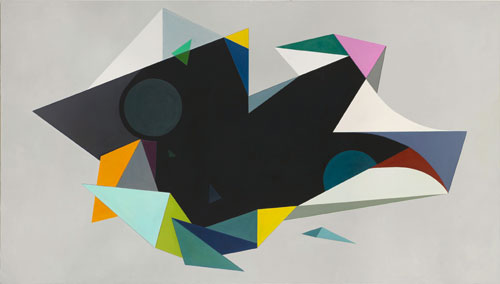
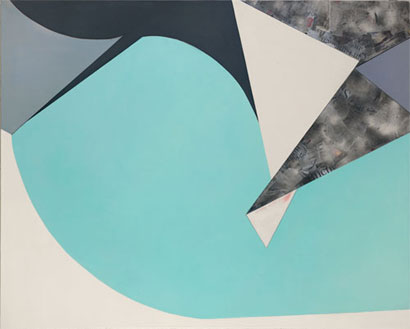
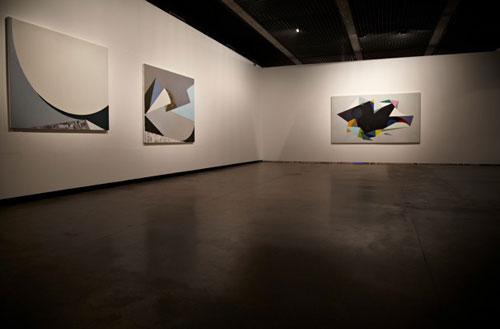
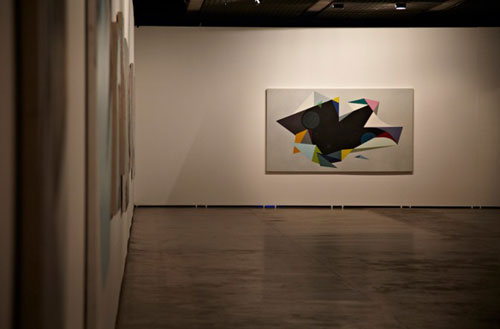
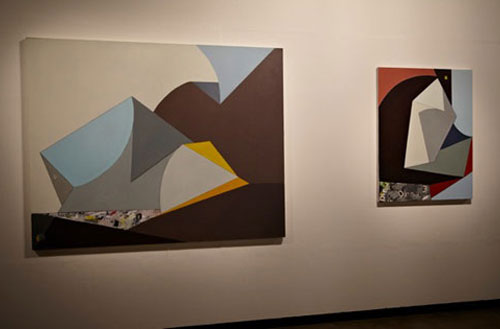
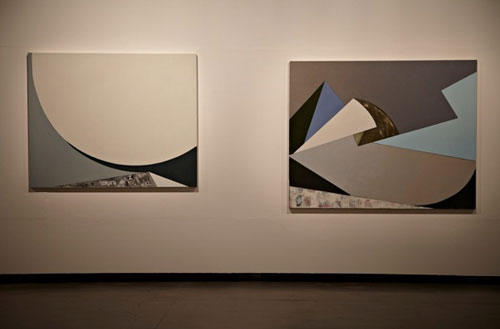
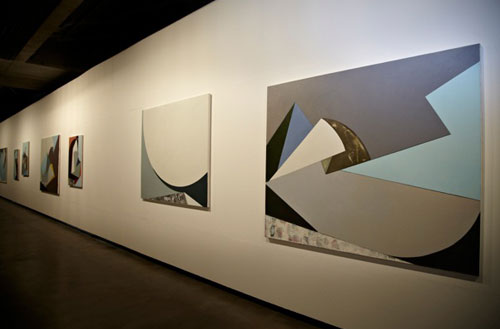
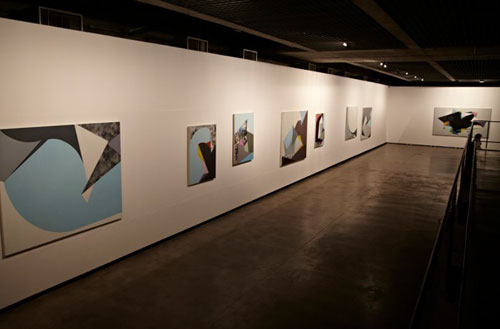
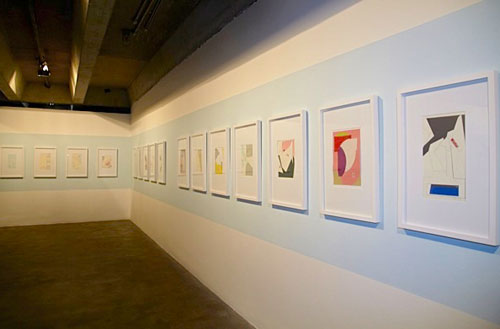
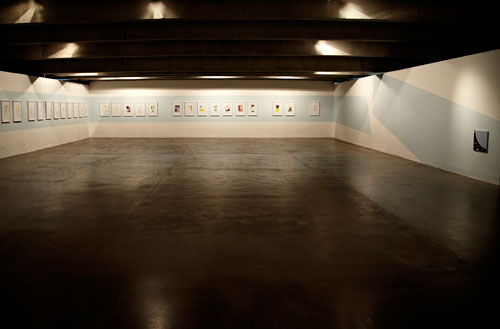
Isabelle Borges presents a concept and works at the exhibition entitled Arrow of Time, developed specifically for the gallery Pinacoteca at the MUBE Brazilian Museum of Sculpture. This is also the artist's first solo exhibition in a Brazilian museum.
Isabelle Borges has been living in Germany for over twenty years. Regardless of the geographical distance from her country of origin, the artist incorporates tendencies into her work of a remarkable international art rooted in two continents. In the works created for the show Arrow of Time Isabelle displays trends related to the Brazilian and German artistic tradition such as Concrete Art and its infinite unfolding conceptual and aesthetic content. Concretism emerged in Europe in the 50's and peaked in the 60's when Max Bill taught at the School of Design in Ulm. Its tentacles reached Brazil almost simultaneously, the movement being propagated by local artists like Lygia Clark, Amilcar de Castro, Franz Weissmann and Lygia Pape.
The initial precept of artistic elaboration in search of a precise form, the use of abstract figures and emphasis on rationality, teamed up with Brazilian Tropicalia to generate a unique and necessary language, especially after the political coup of 1964, which led Brazil to an immersion dictatorship for two decades. Since then artists have developed works of popular character and inteative, thus camouflaging the rationalist impulse, political and transgressive in geometric shapes filled with organic elements intended for handling and interactivity.
The painting of Isabelle Borges praises subjective and organic elements delimited by forms, traits and contours creating its own dynamics and dialogue between work and public through its character, as engaging in a three-dimensional image or sculptural. That is the reason for presenting her work at MUBE - Brazilian Sculpture Museum, to enhance its spatial and installation character. Concretism is full of reasoning and science, features also visible in the paintings exhibited here. Precise science guides much of the preparation of these works filled with forms recognized in the art of origami, reproduced on the canvas by scrolling images and unusual spaces, creating depth and focal points to reinforce this idea. This technique of folding is no longer only propagated by artisans. In recent years, it has been used as a method of research to meet science, technology and industry such as the chair created at MIT, renowned Massachusetts Institute of Technology and directed by the young mathematician Erik Demaine, who spreads this technique by means of a specific computer program formalizing a new principle of mathematical specific tools, so that the world can "unfold" more effectively.
The unfolding of the pictorial elements of Isabelle Borges paintings finds suitable conditions at the MUBE exhibition hall for the visualization and experimentation of this artistic universe. The images go beyond the canvas and their individual frames to give continuity to its movement, color and composition traits in the whole context, creating a huge wave to spread along the horizon of the Pinacoteca. In the first instance, the paintings involve the visitor by the impact of the general group of works exhibited. Then it is the details that attract the eye of the viewer. The precise geometric figures reveal scattered and discrete collages out of literary elements taken from the artist's archive (newspapers, magazines, and books) and specifically reworked and incorporated into the paintings as in the dadaist messages of Kurt Schwitters or visual montages of Hannah Höch.
These collages were first used in drawings by Isabelle Borges, taken as drafts of paintings to be executed. Early in their development, however, these reached relatively sufficient autonomy to be seen as unique isolated works. The exhibition Arrow of Time also brings a selection of these drawings to the Brazilian public for the first time. In them we clearly appreciate the evolution of forms, with the contours precisely delimited and inserted into the artistic support. In addition, the precise and delicate choice of color palette ranging between pastels and primary colors creates a great contrast and initial discomfort by its unusual combination. This selection goes beyond the pictorial and artistic support; it expands through the gallery creating a unique surface and ambiance.
Arrow of Time at MUBE - Brazilian Sculpture Museum expands the painting of Isabelle Borges, creating a new spatial and temporal perspective to guide the visitor to an accurate immersion.
Tereza de Arruda, curator
Berlin, January 2013
download press release in portuguese [pdf]
Pinacoteca, MUBE Brazilian Museum of Sculpture [visit website]
Av. Europa, 218 - São Paulo - Brasil
Exhibition Period: February 6—26, 2013
